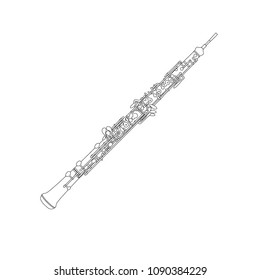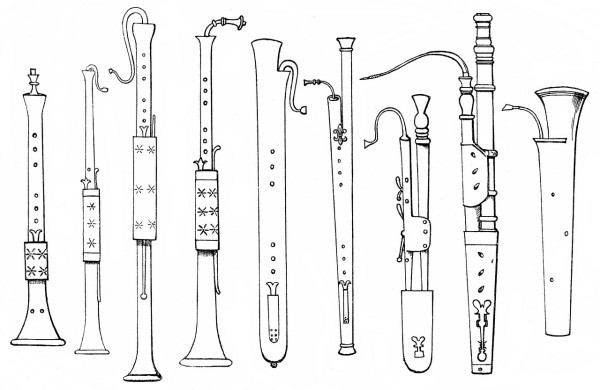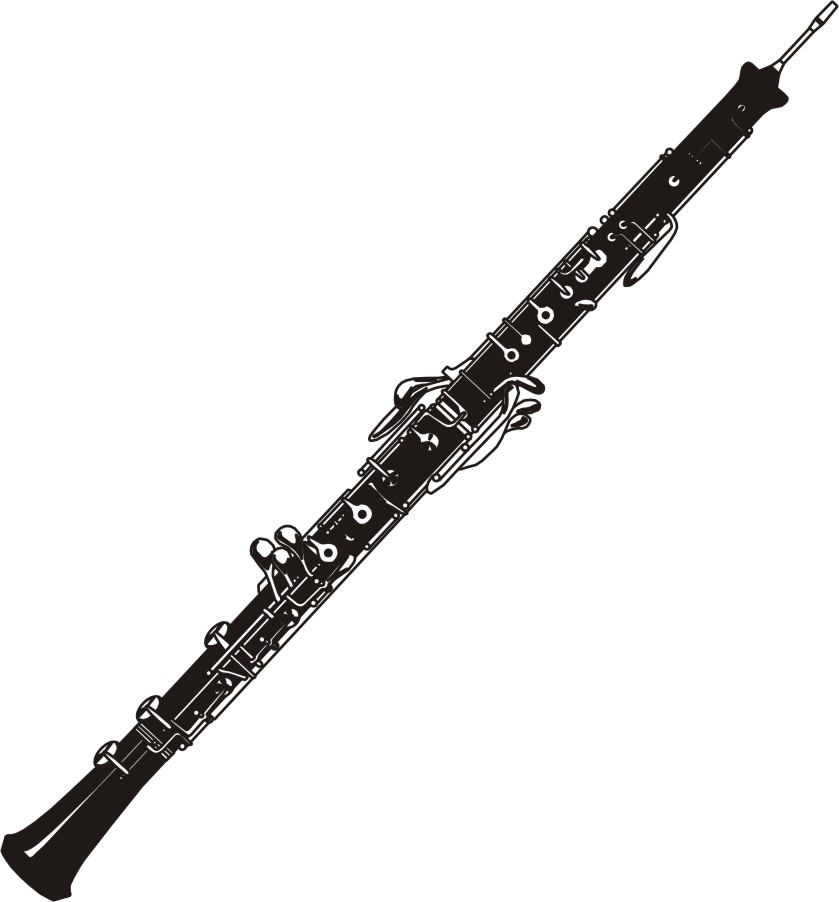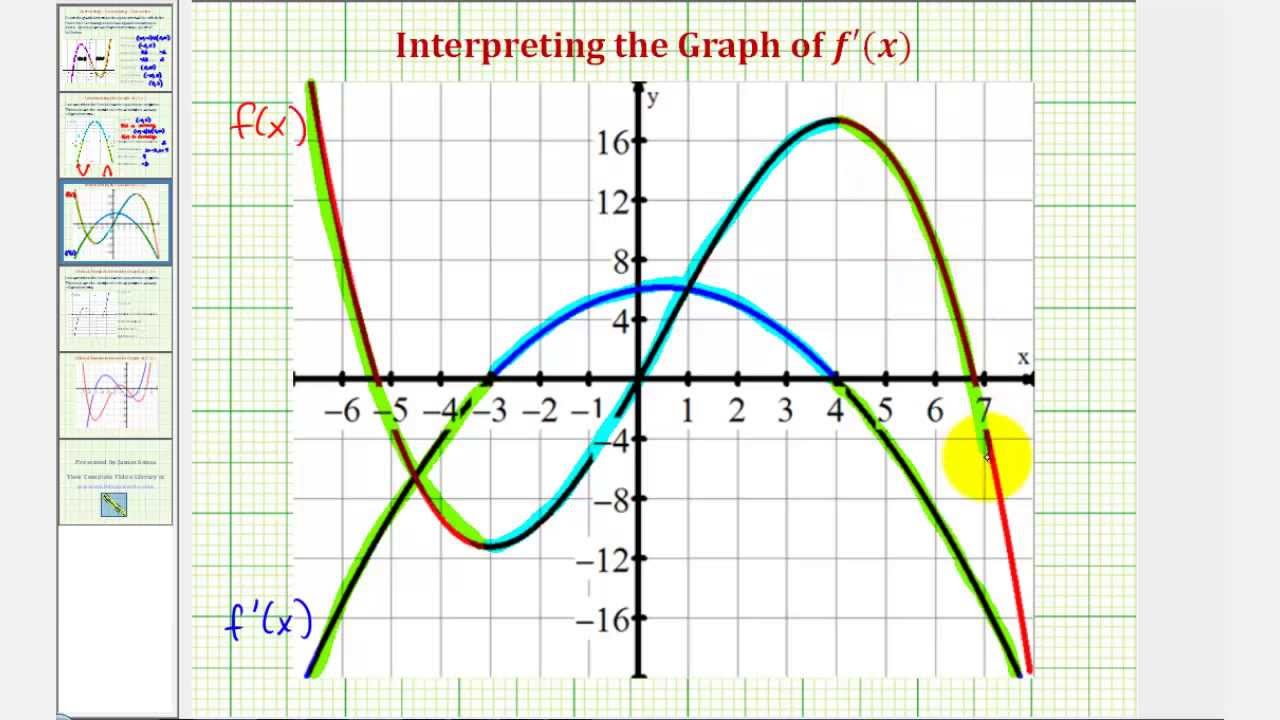3 711 oboe images stock photos vectors
Table of Contents
Table of Contents
If you’re an artist or a musician, you may have thought about how to draw an oboe. This elegant double-reed instrument has a unique shape that may seem daunting to draw. But fear not! With a few tips and tricks, you can learn how to draw an oboe that looks true to life.
Identifying Pain Points
Many artists and musicians struggle with drawing an oboe because of its unique shape and intricacy. Additionally, it can be difficult to capture the instrument’s tonal quality and essence in a piece of art. If you’ve struggled with these pain points while drawing an oboe, don’t worry. With a bit of practice and attention to detail, you can hone your skills and create a stunning representation of this beautiful instrument.
How to Draw an Oboe
To start, sketch out the general shape of the instrument, using reference images as a guide. Pay attention to the proportions and angles of each section of the oboe, from the bell to the reed. Once you have a basic outline, add in details such as the keys, the mouthpiece, and the reed itself. As you work, focus on capturing the oboe’s elegant, curved lines and its signature reddish-brown hue.
Main Points to Consider
To draw an oboe that looks natural, it’s important to focus on certain key elements. Study images of an oboe closely, paying attention to details such as the size and shape of the holes or keys. You’ll also want to recreate the instrument’s smooth, curved lines and its unique double-reed mouthpiece, which creates its characteristic sound. To achieve a realistic, life-like feel, try shading and highlighting areas of the oboe to capture the way light would hit its surface.
Exploring Your Personal Experience
When I first started learning how to draw an oboe, I was intimidated by its intricate shape and the challenge of capturing its unique sound on paper. However, by taking things step by step and focusing on the instrument’s core characteristics, I was able to develop my skills and create a piece of art that truly captured the essence of the oboe. Now, I’m confident in my ability to draw this beautiful instrument, and I love exploring its unique features and details in my artwork.
The Importance of Reference Images
When learning how to draw an oboe, it’s important to use reference images as a guide. You can find these images online, in books, or even by examining an actual oboe up close. By studying these images, you can better understand the shape and proportions of the instrument, as well as the way light hits its surface. Additionally, reference images can help you develop your own personal style in recreating the oboe.
Going Deeper into the Explanation
To draw an oboe that truly captures its essence, it’s important to pay attention to the details. Study the instrument closely, examining its shape, texture, and color. You’ll want to recreate the unique double-reed mouthpiece, which helps create its signature sound. Additionally, focus on the keys and the curves of the instrument, which give it its distinctive look. By using shading and highlighting techniques, you can create a piece of art that looks like a realistic oboe, with its unique tonal quality and elegant curves.
Question and Answer
Q: Can I draw an oboe without using a reference image?
A: While it’s possible to draw an oboe without a reference image, it can be incredibly difficult. Reference images help you understand the shape and proportions of the instrument, as well as the way light interacts with its surface.
Q: How can I capture the oboe’s unique sound in my drawing?
A: While it’s difficult to capture sound in a piece of art, you can add in details such as the double-reed mouthpiece and the curve of the instrument to suggest its sound. Additionally, you can experiment with shading and highlighting to create a sense of texture and depth that suggests the tonal quality of the oboe.
Q: What techniques can I use to create a sense of depth in my oboe drawing?
A: Shading and highlighting can be incredibly effective in creating a sense of depth in your oboe drawing. By paying attention to the way light interacts with the curved surface of the instrument, you can add in shadows and highlights that suggest a three-dimensional quality.
Q: What should I focus on when creating a realistic oboe drawing?
A: To create a realistic oboe drawing, focus on the instrument’s unique shape and tone. Pay attention to the curve of the instrument, the size and shape of the keys and holes, and the color and texture of the oboe’s surface. Additionally, use shading and highlighting to create a sense of depth and texture.
Conclusion of How to Draw An Oboe
By taking a thoughtful, deliberate approach to capturing the oboe’s essence in your artwork, you can create a piece of art that truly captures this unique instrument’s beauty and elegance. By using reference images as a guide and focusing on the instrument’s key characteristics, you’ll be well on your way to creating a stunning oboe drawing that captures the essence of this beautiful instrument.
Gallery
Oboe Drawing At GetDrawings | Free Download

Photo Credit by: bing.com / oboe drawing getdrawings
3,711 Oboe Images, Stock Photos & Vectors | Shutterstock

Photo Credit by: bing.com / oboe
Oboe Drawing At PaintingValley.com | Explore Collection Of Oboe Drawing

Photo Credit by: bing.com / bassoon drawing oboe ancient shawm instruments woodwind pommer forms various paintingvalley musical verschiedene alamy
Oboe Drawing At GetDrawings | Free Download

Photo Credit by: bing.com / oboe drawing getdrawings
Oboe Clip Art - ClipArt Best

Photo Credit by: bing.com / oboe clip clipart lanyard storybook deluxe disney princesses rapunzel princess cartoon






